Before The Pivot

Hubert Smits teaching at our new headquarters.
Class time with Hubert Smits. There are a few slides – but not a lot.
I’ve been working with Hubert over three years. He loves all things Scrum and teaches Certified Scrum Master classes. My job is to promote his work through various marketing activities. We had our ducks in a row: great looking website (www.smitsmc.com), Twitter followers (@hubertsmits), a happening LinkedIn profile and company profile – all working in his favor. Business was good!
But, I could hear it in his voice that Hubert wasn’t really happy.
Then, one day, about a year ago as of this writing, he called me. And nothing has been the same since that phone call.
In February 2016, Hubert joined some friends at a Train the Trainer class in the Seattle-area. Joe Justice, a well-known and respected agile trainer for Scrum Inc., was teaching Certified Scrum Trainers how to use Scrum to build products, namely a Wikispeed car. The class and the concept clicked for Hubert in such a way that he saw exactly what needed to happen next. He needed to do this. He needed to combine his passion for creating, with his passion for teaching, with his passion for Scrum.
He Pivoted And Now I Can’t Keep Up With Him!

BOS HQ LongmontFast forward one year to February 6 – 9, 2017. Hubert and his new business partner, Peter Borsella, held their first class at their new Colorado Headquarters!
(The week prior, both of them had led a class onsite with our client, CISCO. Pretty cool!) This week, they were working with ARCA, a manufacturer of cash automations technology for financial institutions and retail customers. They are an international organization and they brought a big team for this training: we had students here from England, France, Italy and the US! Two of them were here last August, when we held our first class in Boulder, Colorado in conjunction with our Scrum4HW gathering. (Link to that page). I couldn’t wait to see them!
I drove right to the spot that had been described to me: an unassuming warehouse-style building in the tiny town of Hygiene, Colorado (just north of Boulder, Colorado).
No One Is Asleep And One Team Skipped Lunch
I walked into an incredible experience. It was day four of the training. I’ve been to day two of training for other classes and it always looks the same: glassy-eyed, yawning students sitting under buzzing fluorescent lights as slides fade in and out on the screen while the instructor tries to keep everyone’s attention. I didn’t find this happening. Instead, students were asking questions, talking with the instructor, Hubert, and he was writing on a flip chart and not even using a projector! Throughout the next 30 minutes, I confess, he did show a few slides, but the focus of the class wasn’t on those slides: it was on the content. “Can this really be day four?”
Lunch arrived. Rather than running for the boxed lunches and grabbing their cell phones, the students opted to meet together. They met around the whiteboard and moved sticky notes from “doing” to “done” and “to do” to “doing” and each team held a short stand up reviewing what they had done and wanted to do and whose help would be needed. Finally, they broke for lunch! (I was so relieved because I was starving!) Oh wait, not all of them grabbed lunch. One team put lunch off because they really wanted to figure out their wheel assembly. I overheard a team member, Jason Schreuder, say, “I want to get those wheels on. I’m going to skip lunch until I get that figured out!”
Here you can see some photos. Photos really don’t tell the whole story. The shop is large and accommodates a classroom on one side and a workshop on the other. Beyond the workshop is another large warehouse we also use. As you can see, Hubert organized every tool so that students can find and use what they need quickly and easily. There are garage doors throughout the space, which allows the students to move equipment where they need it. It also gives them an incredible view of the Rocky Mountains.
I talked with the students and found that they were all staying in Boulder, Colorado, a breath-taking, beautiful 40 minute drive from the shop. At night, they partied! During the day, they worked! Hubert told me that they arrived at 8am and stayed until 6pm – even though he’d planned a 9am to 5pm class – because they couldn’t wait to learn the Scrum framework and try it out on building the car.
The ARCA folks were enjoying their training experience and they were learning a lot. Christopher Curley, an experienced Certified Scrum Master, shared with me that his team, which was focusing on building the floor and adding the seats to the car, had learned over the four days how to self-organize. “At first, I was very involved coaching them on how to work together, make decisions and now, I can just stand here and watch them work. They’ve totally got this figured out.”

I couldn’t wait to catch up with my friend from last August, Dawn Guttman. Dawn doesn’t like the spotlight, but you can see her in this photo from our August class: drill, baby, drill! She’s a manager at ARCA and, although Dawn attended last summer, she came this time to develop relationships with more ARCA team members who work with her team, but in other countries. Dawn is based in the US and works on the software-side of the business, and interfaces with manufacturing and finance. I asked her how the training was going. “It’s great! I really like the new space and it is making such an impact on everyone to have class time here and then walk over there [to the shop] and apply what we’re learning. Everyone’s really getting it.”
Hubert had Panera bring in breakfast and lunch every day, so the students ate well and had plenty of good coffee. But, if a student needs a break, Hygiene offers so much more than your typical business park or hotel-based training. The views of Longs Peak and the Rocky Mountains will refill your lungs. And if you need a coffee boost or a nibble, the Crane Hollow Cafe is right across the street. Another real bonus is the Purple Door, just a few steps from the Big Orange Square’s front door. It’s a cool market that provides yummy organic, local food and gluten-free baked goods.
I shared these other juicy tidbits about the location of our training facility because it’s another aspect of this training that makes it unique. I mean, that’s in addition to how unique our class is in the first place: it’s unique to build a car as you learn how to Scrum. When I took my CSM class, it was in a hotel conference room. We played a few cool games and had some good discussions. But, I’ll take training at the Big Orange Square (BOS) headquarters over that training if I have a choice. And, yes, of course I’m biased: I’m the marketing person for BOS. But, I’ve delivered training for IBM, taken the CSM class [from Hubert!] and so I do have some perspective. THIS PRODUCT DEVELOPMENT XTREME CLASS ROCKS!
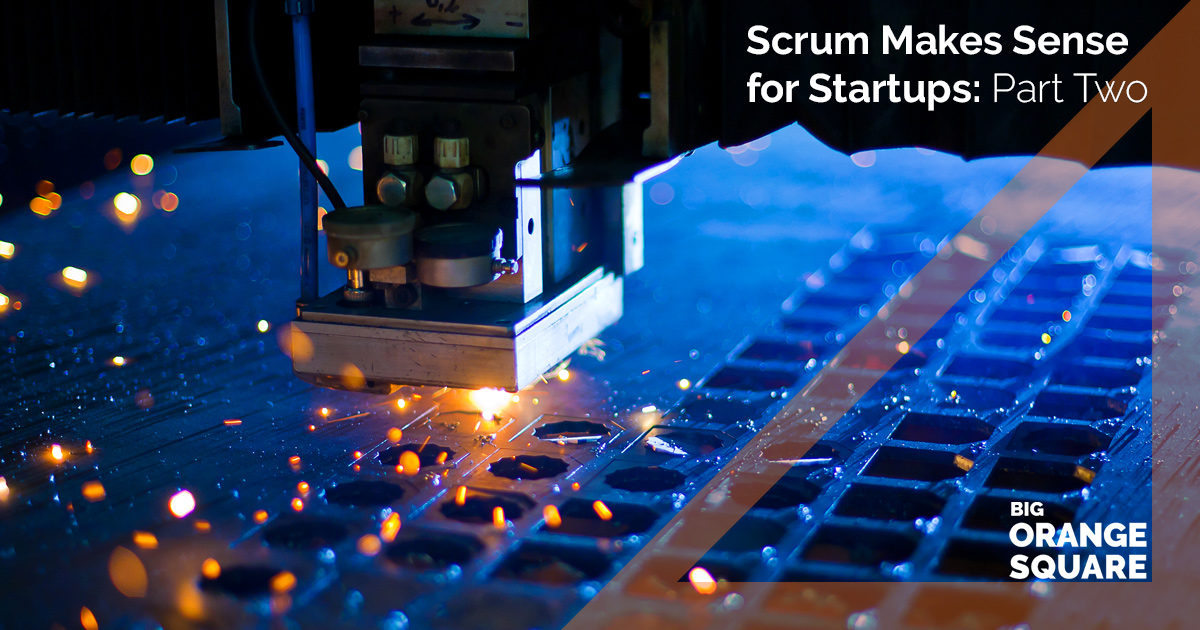



 In classic project management, projects begin with detailed, upfront planning. Designs are handled by one group of people and weeks or months later specifications are handed off to the next group who has to take care to get the designs into a product, only to be handed off to another for supply chain completions or back to the first because of detected problems. These series of handoffs result in very late feedback and the people are separated into silos. By silos I mean, one group could take care of design, another the electronics or mechanical work, another the supply chain group. I’ve worked with clients who are stuck in this sequence for years: some don’t get products out to the market for seven years or more. A new car model is about seven years in the making. It takes seven months to change specs in a simple product, like a whiteboard marker.
In classic project management, projects begin with detailed, upfront planning. Designs are handled by one group of people and weeks or months later specifications are handed off to the next group who has to take care to get the designs into a product, only to be handed off to another for supply chain completions or back to the first because of detected problems. These series of handoffs result in very late feedback and the people are separated into silos. By silos I mean, one group could take care of design, another the electronics or mechanical work, another the supply chain group. I’ve worked with clients who are stuck in this sequence for years: some don’t get products out to the market for seven years or more. A new car model is about seven years in the making. It takes seven months to change specs in a simple product, like a whiteboard marker.


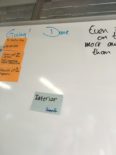
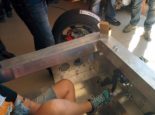


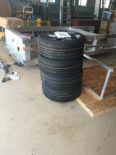
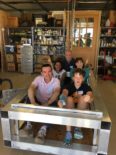
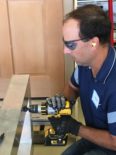
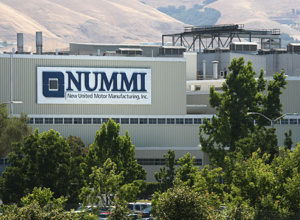 The story of the Nummi car plant, the joint venture between Toyota and GM is well known, almost legendary. It didn’t work out entirely well for GM. Frank Langfitt explains why GM didn’t learn the lessons—until it was too late. Find the This American Life recording here. Lean Product Development, or Toyota Product Development is a core part of Big Orange Square, it provides many practices and experiences to the concept of how to Scrum industrial product development. Tesla now owns the plan, makes you wonder which lessons learned from Nummi they are applying in their production system.
The story of the Nummi car plant, the joint venture between Toyota and GM is well known, almost legendary. It didn’t work out entirely well for GM. Frank Langfitt explains why GM didn’t learn the lessons—until it was too late. Find the This American Life recording here. Lean Product Development, or Toyota Product Development is a core part of Big Orange Square, it provides many practices and experiences to the concept of how to Scrum industrial product development. Tesla now owns the plan, makes you wonder which lessons learned from Nummi they are applying in their production system.
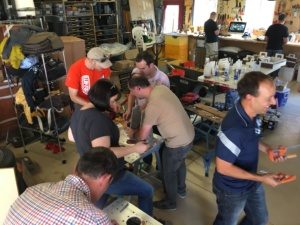 Working for a full day with an international team on a real product generates unique insights. Scrum contributes to product development, and to teamwork. Here are a few first remarks from attendees. After the first CSM for Hardware class the whole team participated in an extra day with a Big Orange Square Build Party. About 20 people, mostly in product development, and the youngest only 14 years old, worked on a real car. This fun Saturday brought the theory and exercises from the class to the real world of building a real car. You can find the ideas and structure here on the website.
Working for a full day with an international team on a real product generates unique insights. Scrum contributes to product development, and to teamwork. Here are a few first remarks from attendees. After the first CSM for Hardware class the whole team participated in an extra day with a Big Orange Square Build Party. About 20 people, mostly in product development, and the youngest only 14 years old, worked on a real car. This fun Saturday brought the theory and exercises from the class to the real world of building a real car. You can find the ideas and structure here on the website.








